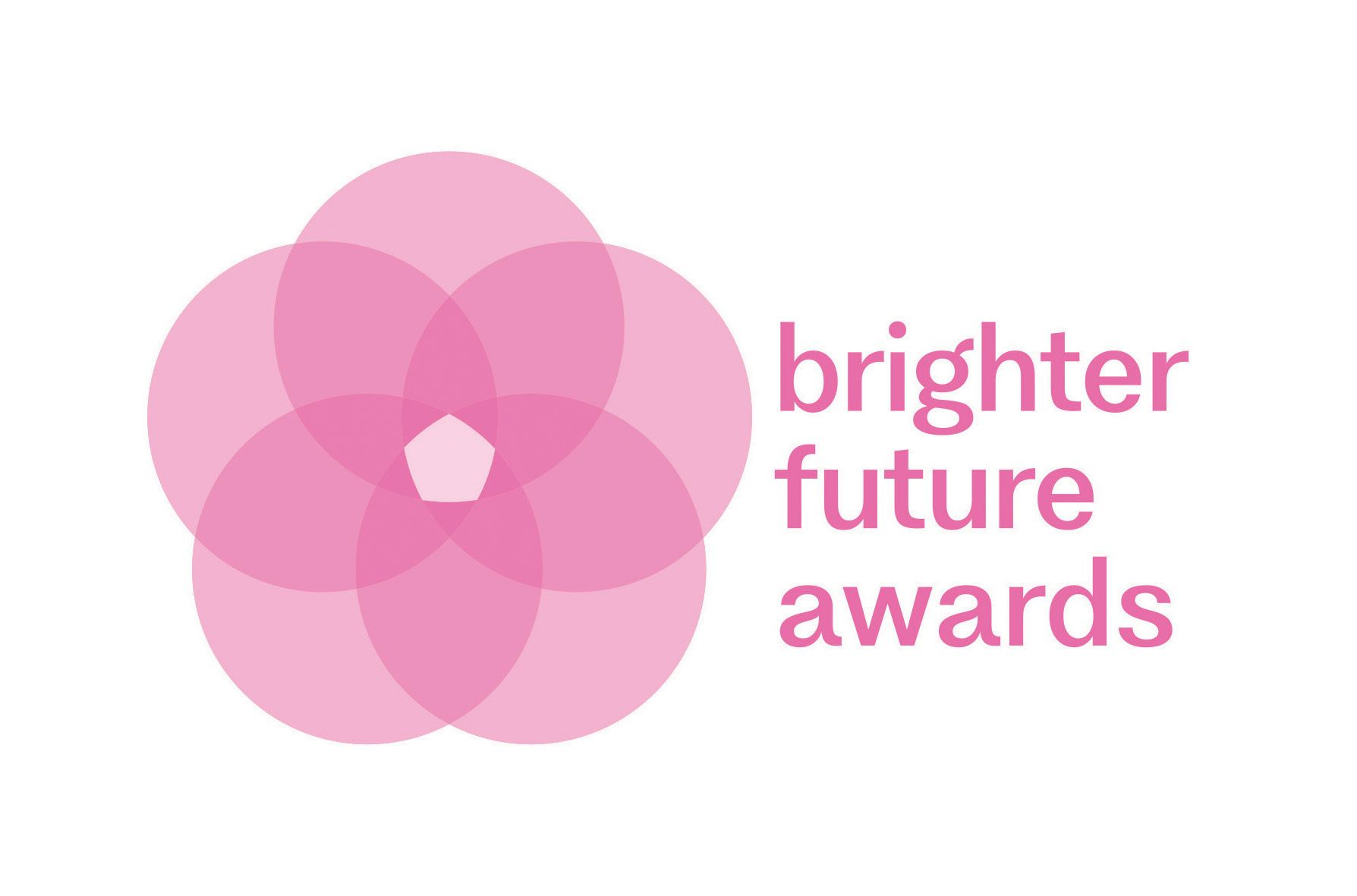Coming together, Golden Oldies style
Tania Thompson, creator of Golden Oldies, saw an opportunity for residents of Bridge Housing’s Elger Street Community Group to come together in activities that support active ageing. Her enthusiasm, and that of the participants, earned them a place as finalists in the Tenant Led Initiative category of the NSW ahi: Brighter Future Awards 2023. HousingWORKS finds out more.
For many years, the prevailing wisdom has been that mental health issues like anxiety and depression were caused solely by a chemical imbalance in the brain. But an increasing body of scientific research continues to show that social, physical and, in many cases, spiritual isolation plays just as big a role in our physical and mental wellbeing — particularly among older adults.
Those researching loneliness, isolation and depression could do a lot worse than sitting down with Tania Thompson, the driving force behind Golden Oldies, a wellbeing and social inclusion program run at Bridge Housing’s Elger Street housing development in Glebe, Sydney. Elger Street is home to over 200 senior residents, many of whom live alone.
The origins of the program go back to 2019. With improving social inclusion and resident wellbeing already a major focus at Bridge Housing under their Tenant Participation and Community Engagement Strategy, Tania – with the support of Bridge’s Sustainable Communities Team – secured a grant from the State Government’s Ageing Well in NSW program to get Golden Oldies off and running.
While not playing down the devastating effects of the pandemic lockdowns that followed, Tania sees the events of 2020 as having an unexpected positive effect on the program’s success. It meant she had a golden (pardon the pun) opportunity to find out what the residents really wanted from an initiative like Golden Oldies.
“Because of COVID, things popped up that I didn't actually think about while applying for the grant,” Tania admits. “The majority of the residents here are over 65 and struggle with isolation and loneliness within their own surroundings because most of them live in a single bubble. When we received that grant, obviously it was exciting but, at the same time, with COVID, we weren’t sure about how we could continue with the project in a way that would keep our elderly safe and healthy. A lot of the residents couldn't leave home, couldn't go anywhere, and didn't know how to access certain things.”
"I almost thank COVID for opening a window that a lot of people were very closed off to seeing.”
“I didn't like COVID but…,” Tania hesitates before continuing, “…at the same time, I almost thank COVID for opening a window that a lot of people were very closed off to seeing.”
That window meant giving Tania the ‘luxury’ of time to delve deeper into meaningful actions for the residents. With widespread support for the project among participants, she was determined to work around the restrictions without breaking the law or jeopardising anyone’s health. She soon found herself masked up and sitting outside the door of people’s homes, so they remained connected in some way with their community.
“I’d get them to sit on the inside of their door and we'd have a discussion, and maybe a little activity like chair exercises, to just start the conversation,” she says. “So, it was funny, but it actually achieved everything I wanted to do, which was to let them know they weren't alone, and we can do things to keep you healthy within your home. I earned a nickname within the community as the lady with the chair and the mask!” Tania laughs.
Her sheer doggedness and determination enabled her to gain insights into the residents and their lifestyles — both before and during COVID — that she wouldn’t have discovered otherwise. As she admits, “I listened a lot. I listened a lot to what people would tell me, what they missed and where they were at on a daily basis. I became very close with our seniors. It opened up windows into their lives.”
This process of reaching out and asking people what they really needed to help reconnect was the best thing that could have happened in terms of the program’s ultimate scope and its impact.
“We got a ladies group together and started meeting in a safe outdoor area where they could come, and they could engage. I just kept conversations going, things like ‘when we come out of this, what am I going to do, and how am I going to give this out to you, and how am I going to make your life so much better? I need you to tell me.’ So, we worked on plans, and I involved those residents in that planning. When we came out of COVID, there was so much excitement!”
Before long, Tania had yoga and self-defence instructors involved in Golden Oldies, as well as a qigong coach. Bus tours, movie and games nights, and even a harbour cruise complete with lunch at Cockatoo Island were stand-out events for the program. Another notable initiative was getting local resident Felix — who runs the Elger Street Art Club — to get creative residents to join in Sunday art sessions. Tania even supported some of her tech-savvy neighbours to start computer classes using the shared computers in the complex’s community room.
"Golden Oldies was attended by over 250 participants during the grant funding period."
Bridge Housing’s metrics evidence the success of the program. According to their data, Golden Oldies was attended by over 250 participants during the grant funding period.
“Ninety-two percent of residents valued the activities and wanted to continue to meet after the period,” Bridge noted. “The program has been hugely successful in bringing residents together, sparking many new friendships and helping residents to build connections so they have someone to reach out to if they need support. Golden Oldies is an exemplary tenant-led initiative that builds social inclusion, encourages active ageing and fosters the sense of community that our Elger Street resident community value so highly.”
Tania hopes the program can become her legacy. Six years ago, she was forced into early retirement on medical grounds, and found herself living in social and community housing – a situation she emphatically states “wasn’t in her plans”. Like a lot of retirees, she soon realised her life was not over; it just needed a new purpose.
“I’ve raised two amazing adult children, and I'm now a grandmother, which is the joy of my life. My children say I was always a workaholic, and I have always worked really hard. I've always been a communicator, and I'm always engaging with people. I suppose at the end of the day, it was about having purpose back in my life again.”
"It’s probably the most fulfilling thing that I’ve ever done in my life — giving something back to people who had largely been forgotten.”
"Golden Oldies is my first time ever doing something of that description,” Tania adds. “And it’s probably the most fulfilling thing that I’ve ever done in my life — giving something back to people who had largely been forgotten.”
As well as the personal satisfaction it’s given her, knowing her neighbours feel empowered to step up and help manage Golden Oldies themselves is also an immense source of joy. For Tania, this demonstrates the ongoing viability of the program.
“I'm not going to do this forever because I have to take care of myself too, health-wise,” she says, “But it’s opened doors not just for myself but for them to interact with the larger community. It’s made them feel that they’re not invisible, and that they all have a purpose here in life too. This is my way of thanking the older generation for what they’ve done for me, my children and my grandchildren, moving forward. It’s beautiful to see.”
In acknowledging those who have helped make Golden Oldies what it is today, Tania doesn’t hesitate in naming Rebecca Pinkstone and Helen Tighe at Bridge Housing, and the generosity of the people at Addi Road Food Pantry.
“I feel very lucky because I've made some very amazing friendships here and made so many connections. It's been a really nice journey. I love to see people just smiling and knowing that they're getting something out of it, and that they want more.”
“I love that. I just want to see more.”
Other articles you may like

We acknowledge the Wathaurong, Yuin, Gulidjan, and Whadjuk people as the traditional owners of the land where our team work flexibly from their homes and office spaces. Ahi Australia recognises Aboriginal and Torres Strait Islander peoples as the first inhabitants of Australia and the traditional custodians of the lands where we live, learn and work. Ahi New Zealand acknowledges Māori as tangata whenua and Treaty of Waitangi partners in Aotearoa New Zealand.
Copyright © 2023 Australasian Housing Institute
site by mulcahymarketing.com.au



